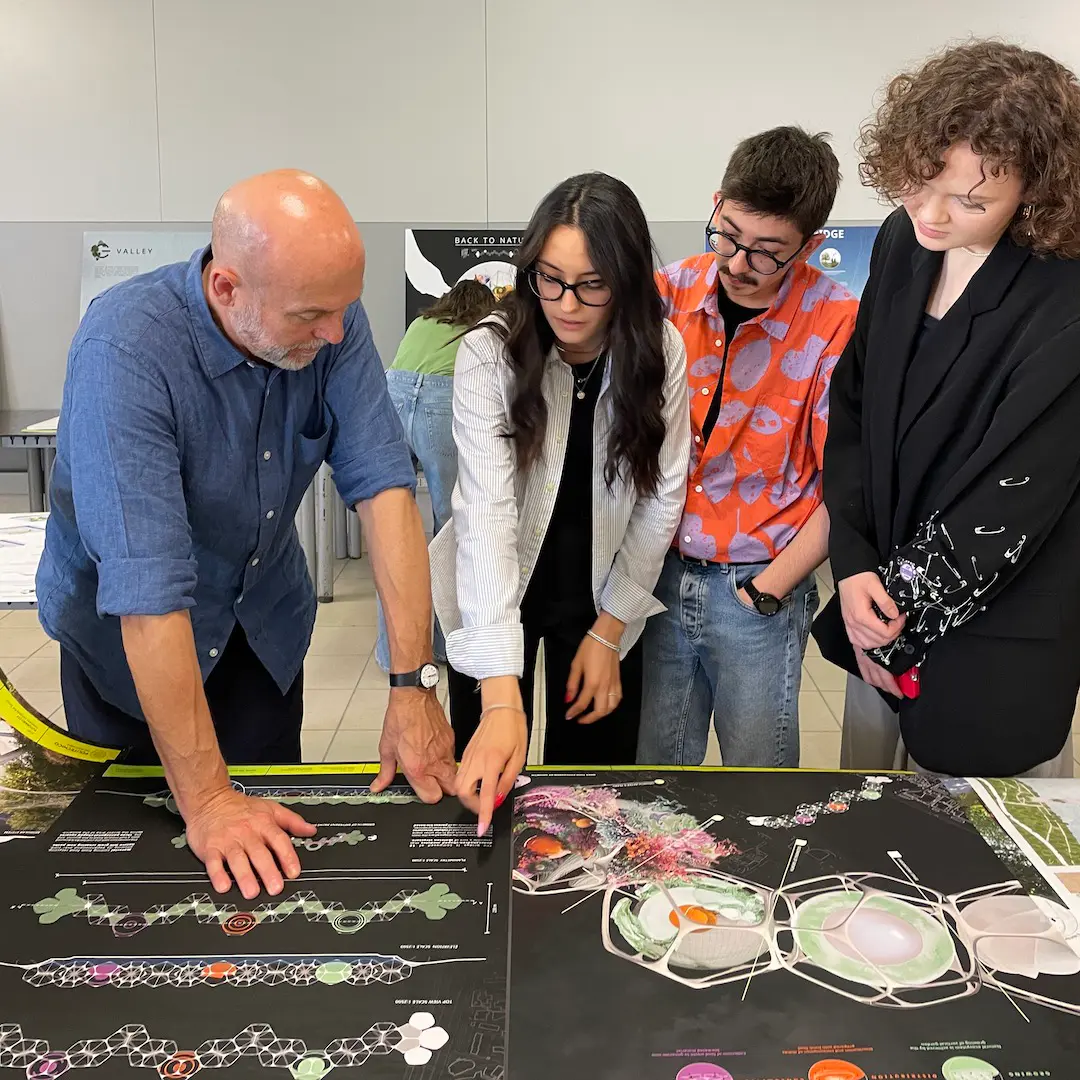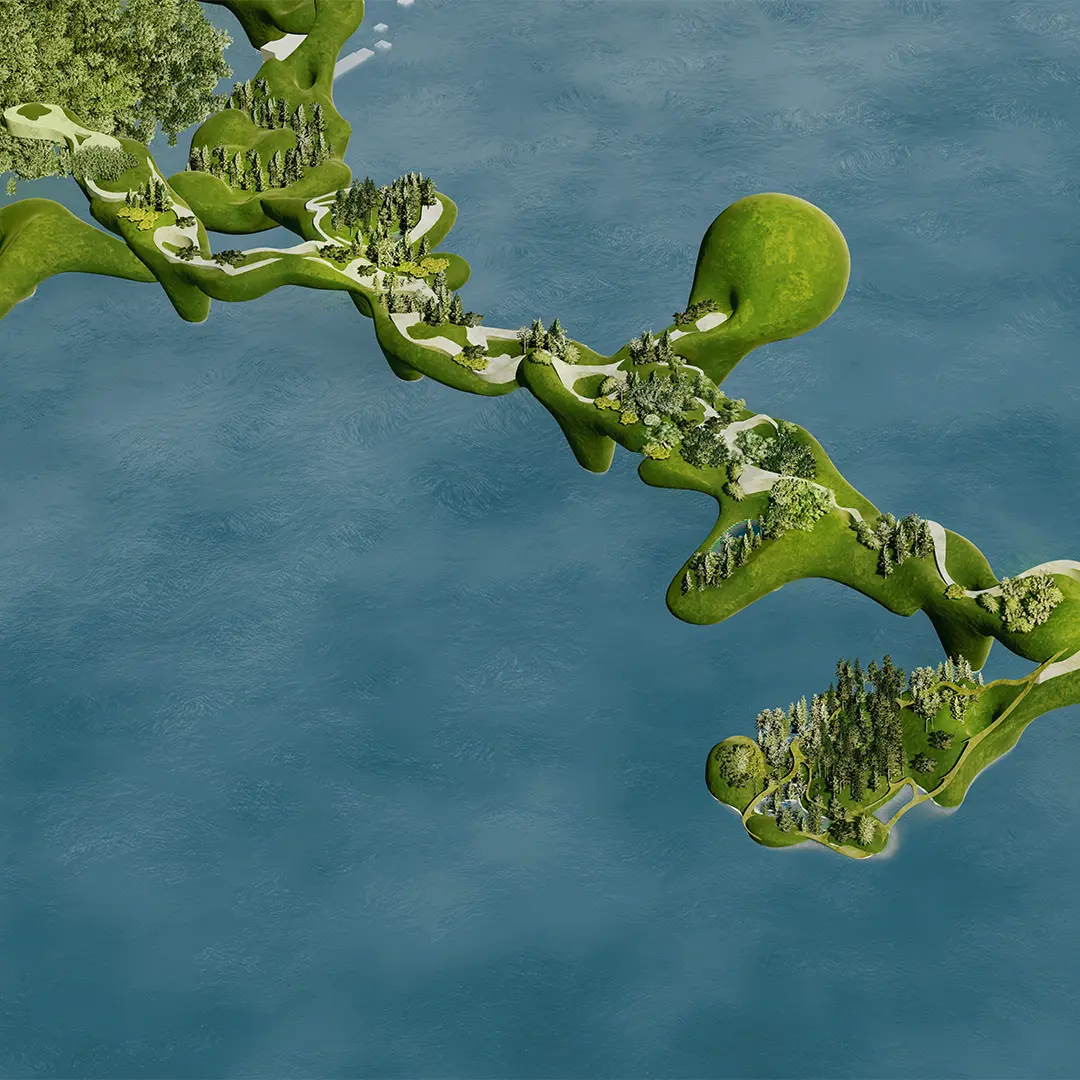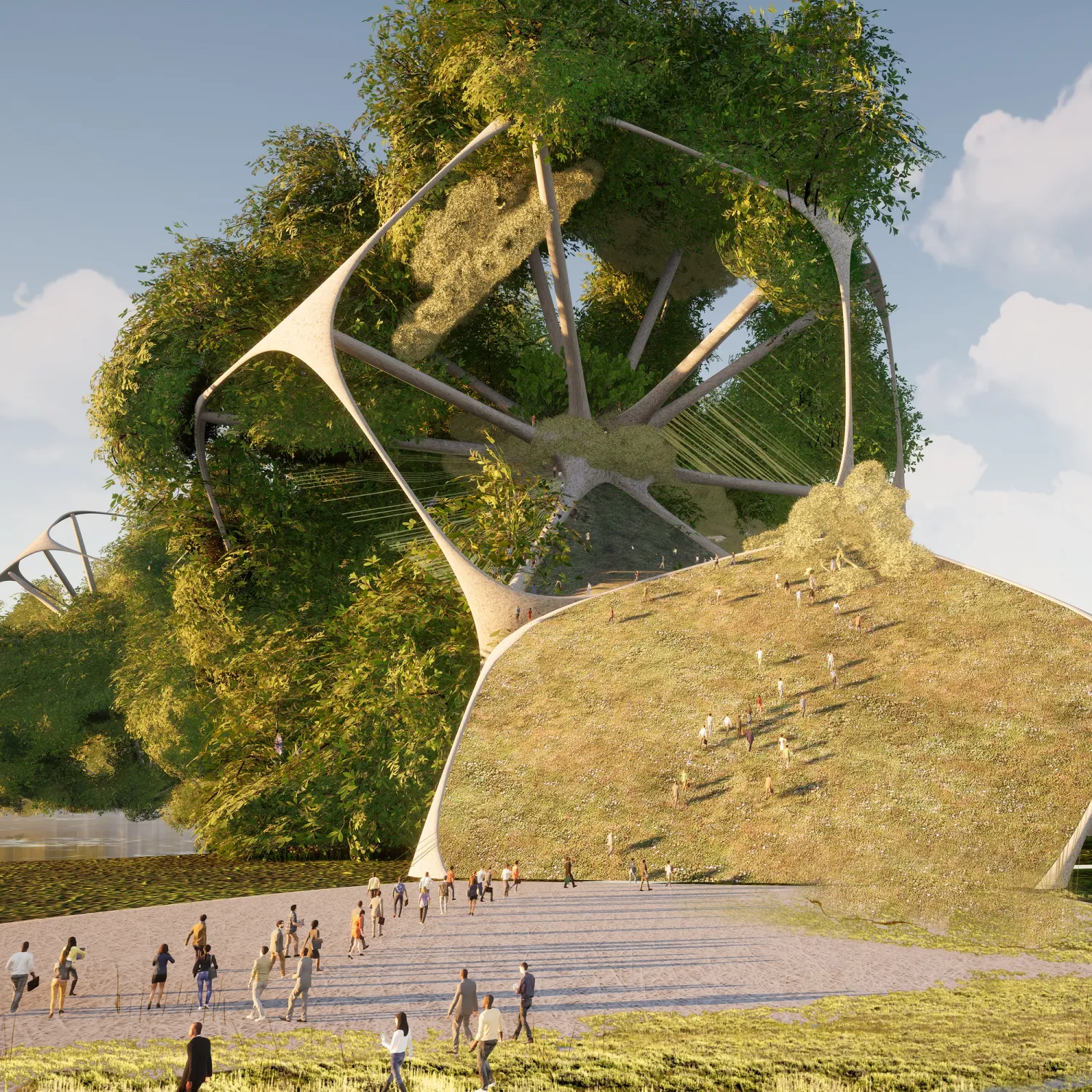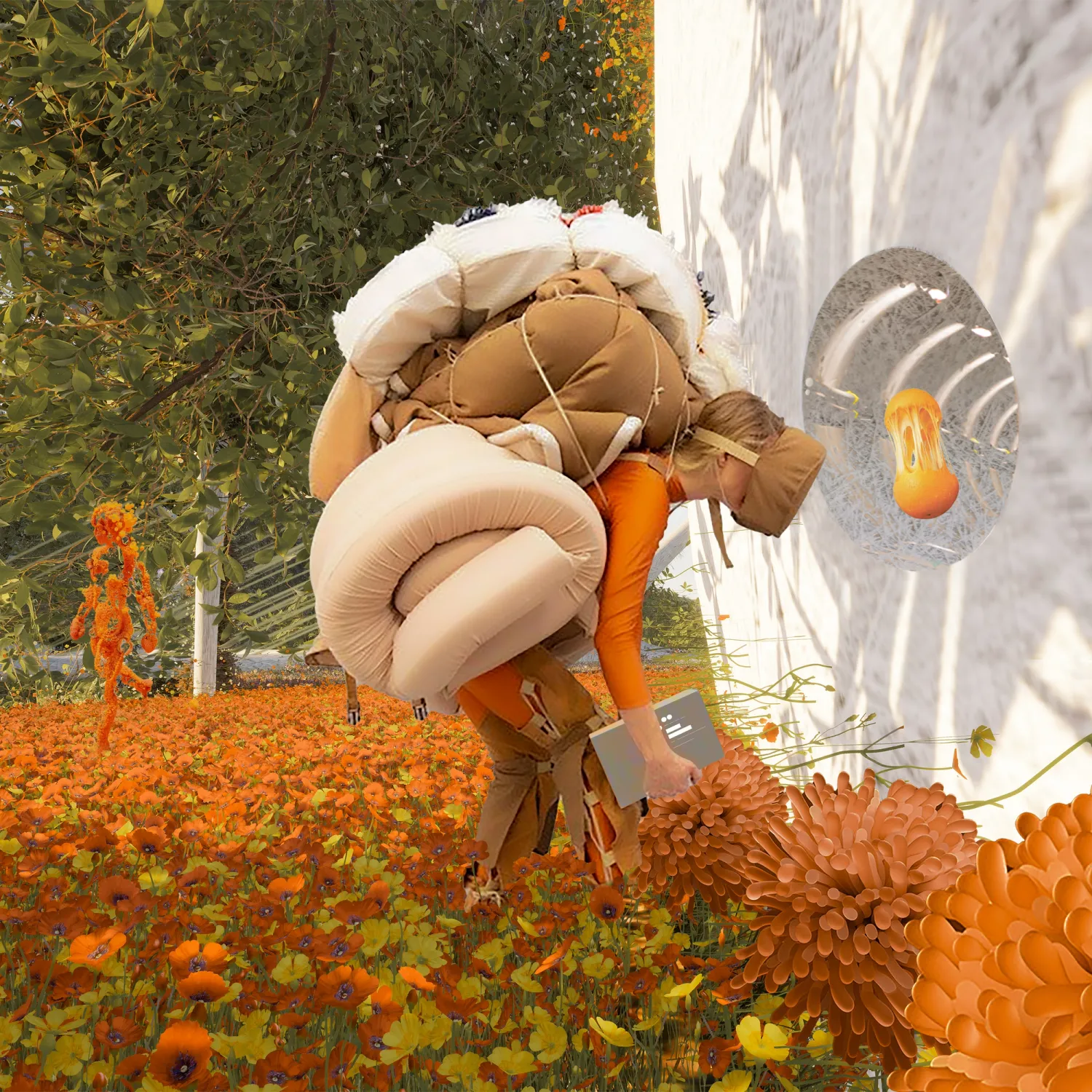The Bridge of Future
Bridges of the future for the Seoul Architecture and Urbanism Biennale 2023

Two futuristic inhabited bridge projects, created during the School of Design's New Interiors Workshop "FUTURABILITY: Timeless Utopias for Seoul," placed among the 12 finalists to participate in one of Asia's largest international architecture exhibitions.
Starting from September 1st, 2023 and throughout October, two projects by students from the School of Design at Politecnico di Milano will be exhibited at the Seoul Biennale of Architecture and Urbanism.
The projects were created during the New Interiors 2 Lab of the Master's Degree Course in Interior and Spatial Design by Professors Ico Migliore, co-founder of Migliore+Servetto Design Studio, and Paolo Giacomazzi, with Rossella Forioli and Viola Incerti.
The course, in line with the Cultural Proximity program that Migliore+Servetto Design Studio is involved with, focuses on developing cutting-edge visions related to urban cultural redevelopment.
This year's theme, “Futurability: Timeless Utopias for Seoul”, allowed students to try their hand at developing visionary designs of inhabited bridges over the Han River designed for the future of the city of Seoul.


The theme of the fourth edition of the Biennale, directed by Architect Byoung Soo Cho, is to investigate the future of Seoul in 100 years, imagining a green and sustainable city to reconnect the urban fabric and its inhabitants with nature. The "Global Studios" section of the Biennale involved around 40 universities from all over the world, gathering the participation of more than 500 students and a hundred professors of Architecture and Design.
The vision of a future based on the synergy of man, architecture and nature was thus identified as the cornerstone of the entire design course of the School of Design.
«Architectures are spaces in motion and in balance, always in constant metamorphosis. Living organisms in dialogue with humans, Artificial Intelligence and nature.»
THE BREATHING BRIDGE
The Breathing Bridge project is inspired by the concept of breathing, an act of exchange of energy between living organisms and the atmosphere. The bridge is conceived as an organic living being that retains, processes and transforms “Gi”, the source energy of life, to gradually adapt to its environment as naturally as breathing. The exchange process involves the bridge, its inhabitants and the environment: through the bridge, citizens breathe in the mountains, hills and water of Seoul, whose energy is retained to be processed and transformed by human activity; the exhalation of “Gi” connects with nature to provide new energy and air.

The bridge, whose shapes and curves are inspired by the natural landscapes of South Korea, consists of four functional modules that can be combined to float or rest on land. There are two levels:
On the ground, citizens can exercise and engage in outdoor activities by participating in festivals, entertainment shows and organised holograms;
In the indoor galleries, citizens can relax in a filtered and clean environment, interact or watch shows or play games through the holograms.


Each module consists of a membrane made of a multi-layered futuristic skin, a work of bio-engineering capable of modifying its properties. This feature allows continuous transformation and replacement of the modules. The membrane is able to filter out certain pollutants and sunlight, retain heat to release it at night, and has mechanical properties due to the nerve layer that shrinks and expands to connect. The skin expands when the climate and atmosphere are unhealthy, with high temperatures or pollutants in the air registered by special sensors.
BACK TO NATURE
The Back to Nature project promotes food sustainability through a circular assembly line process. The aim is to raise awareness and involve people in reducing food waste and producing new materials.

The bridge is made up of thirteen dodecahedral modules connected by magnetic fields that allow the entire skeletal structure to float on the river. Three modules house the three main stages and activities of the food-related assembly line:
The Growing Module represents the first stage of the chain, housing a vertical garden necessary for the production of fruit and vegetables. The inhabitants of the bridge are educated and involved in the growing of the garden, becoming aware of the process and able to harvest fresh food;
The Distribution and Consumption Module is a real food arena of consumption and resource sharing, distributed through a market where food is prepared and distributed through portholes in the walls;
The Upcycling Module is dedicated to the activity of disposal and recycling of food waste, used within a self-sustainable bridge-building cycle and in new objects.


In Back to Nature, nature and bridge structure constantly intertwine until they merge. The core of the remaining ten modules consists of tubular structures that connect to the inner vertices of the module, which are made of biologically based porous material from food recycling, allowing the bridge itself to expand over time and allowing nature to colonise along the structure. Access to the bridge is emphasised by the presence of three pentagonal squares that serve as meeting places for people.
TEAM
Professors:
Ico Migliore
Paolo Giacomazzi
Rossella Forioli
Viola incerti
Students:
The Breathing Bridge
WenWen Liu
Veronica Piunti
Yue Wanqing
Yue Zhao
Back to Nature
Giuseppe Addati
Alice Bazzucco
Lorenzo Sardella
Ala Zhyvulka